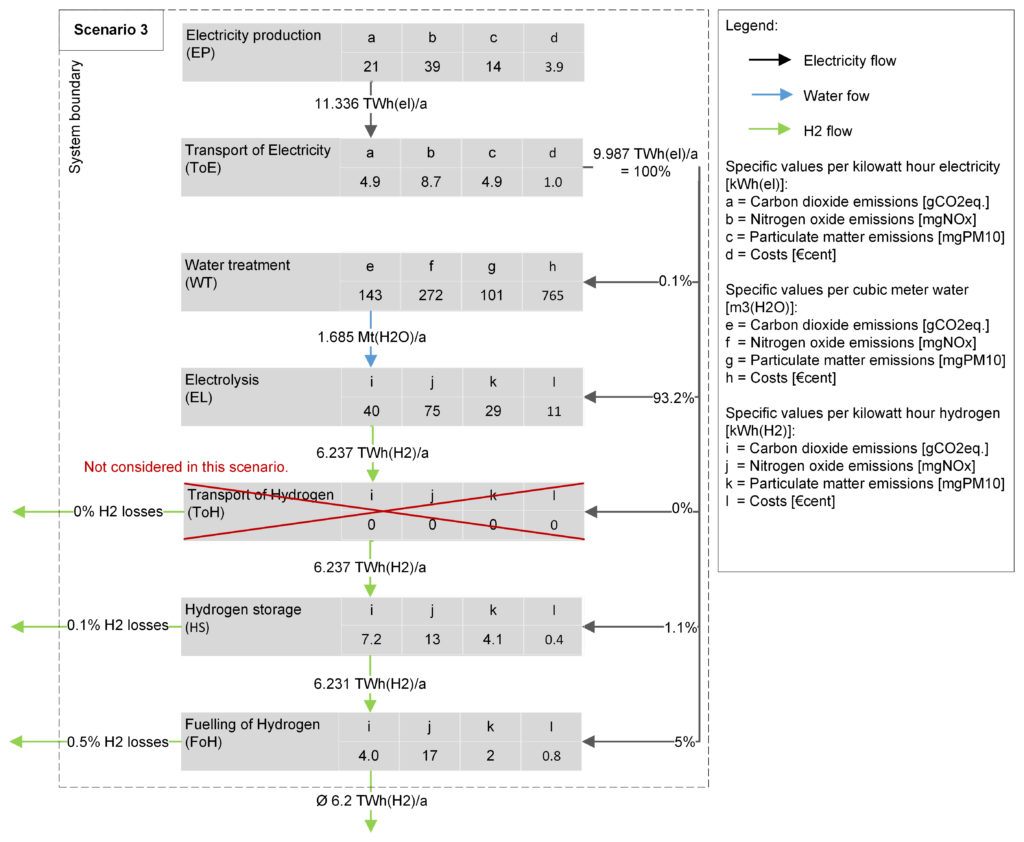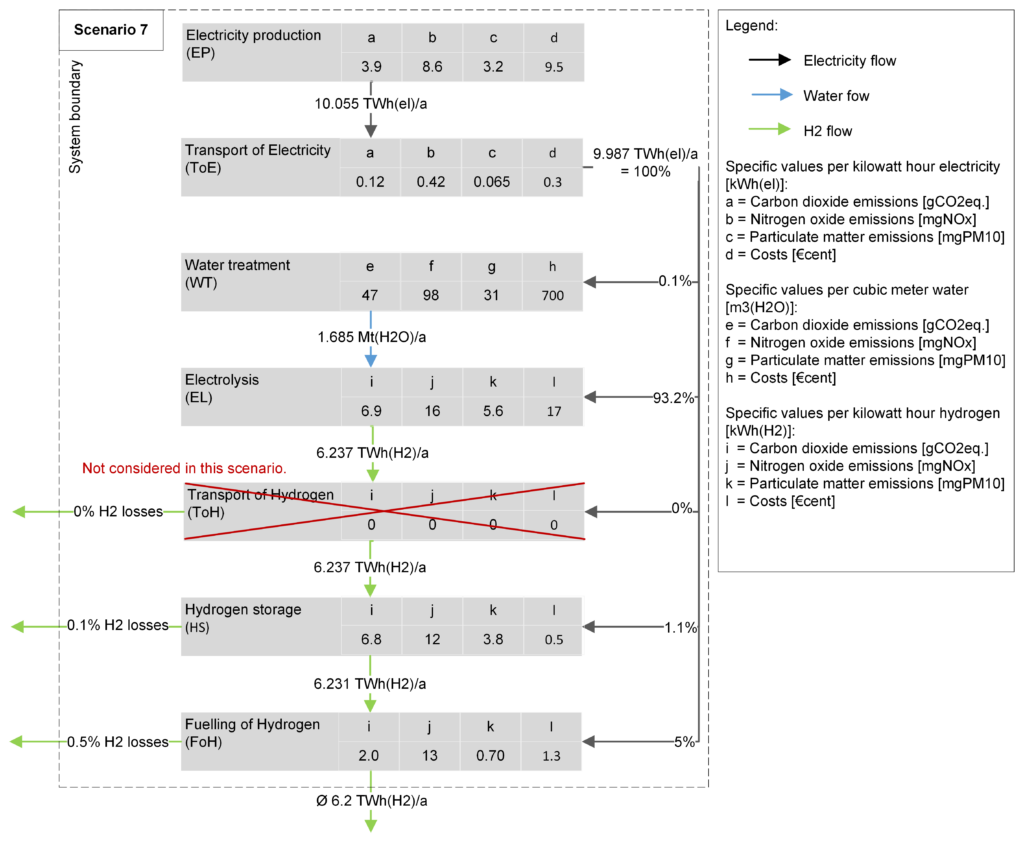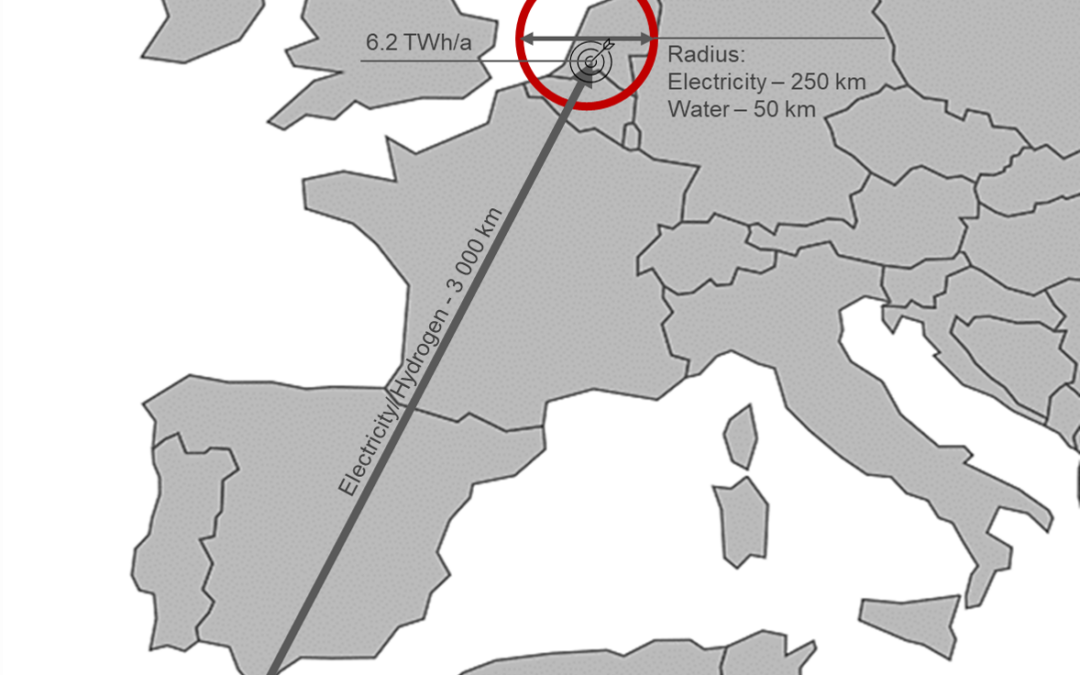Hydrogen can play a key role in the greening of waterborne transport. Its use in internal combustion engines is a promising and widely mature retrofit technology that will be demonstrated in SYNERGETICS Work Package 3. As one of the objectives of the project is to integrate the knowledge on technologies for decarbonisation of shipping and reduction of air pollutant emissions with the experience gained in the respective pilot projects and demonstrations, the scientific publications produced by the SYNERGETICS partners are expected to raise awareness among stakeholders and increase the outreach of the project, in addition to their scientific and technical value.
The paper “Renewable Hydrogen Supply Scenarios for Inland Waterway Transport in Europe„, authored by Elimar Frank and Luca Stauss of SYNERGETICS partner OST, analyses the supply of inland waterway transport with renewable hydrogen in Rotterdam and shows the relevant environmental impacts and costs of well-to-tank value chain scenarios tailored to meet the current energy demand of this sector, i.e. the substitution of 6.2 TWh/year of fossil diesel by renewable hydrogen.
The methodology used is based on a modular approach, where module categories are defined that can contain different calculation modules representing specific technologies for electricity generation or for electrolysis.
The paper compares two dominant scenarios in terms of GHG emissions and costs. One scenario is based on photovoltaic (PV) electricity from Morocco transported to Rotterdam for electrolysis (Scenario 3).

The other scenario is based on electricity from offshore wind farms in the North Sea (Scenario 7).

Despite the long transport distance of 3000 km, using PV electricity from Morocco is significantly cheaper than using wind power from the Northern Sea (by 37 %), but it is associated with 3.2 times higher specific emissions. However, political challenges must also be considered within this scenario, such as international contracts and the construction of transport capacities for electricity through various European countries. For the scenarios with PV electricity from Morocco, the detailed discussion of scenarios with a hydrogen pipeline was omitted in this paper because the pipeline would lead to higher overall costs with only slightly lower emissions. Yet, pipeline options as well as the transport of hydrogen by ships are investigated in the pathway modelling carried out in SYNERGETICS Work Package 1.
The electrolysis has the highest impact on emissions and costs, especially the electricity demand. Assumptions regarding the improvement of both costs and emissions will have a major influence on the overall results when future developments and supply scenarios for renewable energy carriers are developed (WP5 of SYNERGETICS).
With costs of 0.12 up to 0.19 € per kWh of renewable hydrogen, both scenarios result in costs significantly higher than the fossil diesel price for energy in 2020 (about 0.05 €/kWh). Therefore, just for the energy carrier substitution, concepts and strategies are needed to cover the additional costs for the operators, in addition to the establishment of financing schemes addressing the corresponding retrofit and new-build solutions.
The paper has been published in the International Sustainable Energy Conference – Proceedings and is available here.
